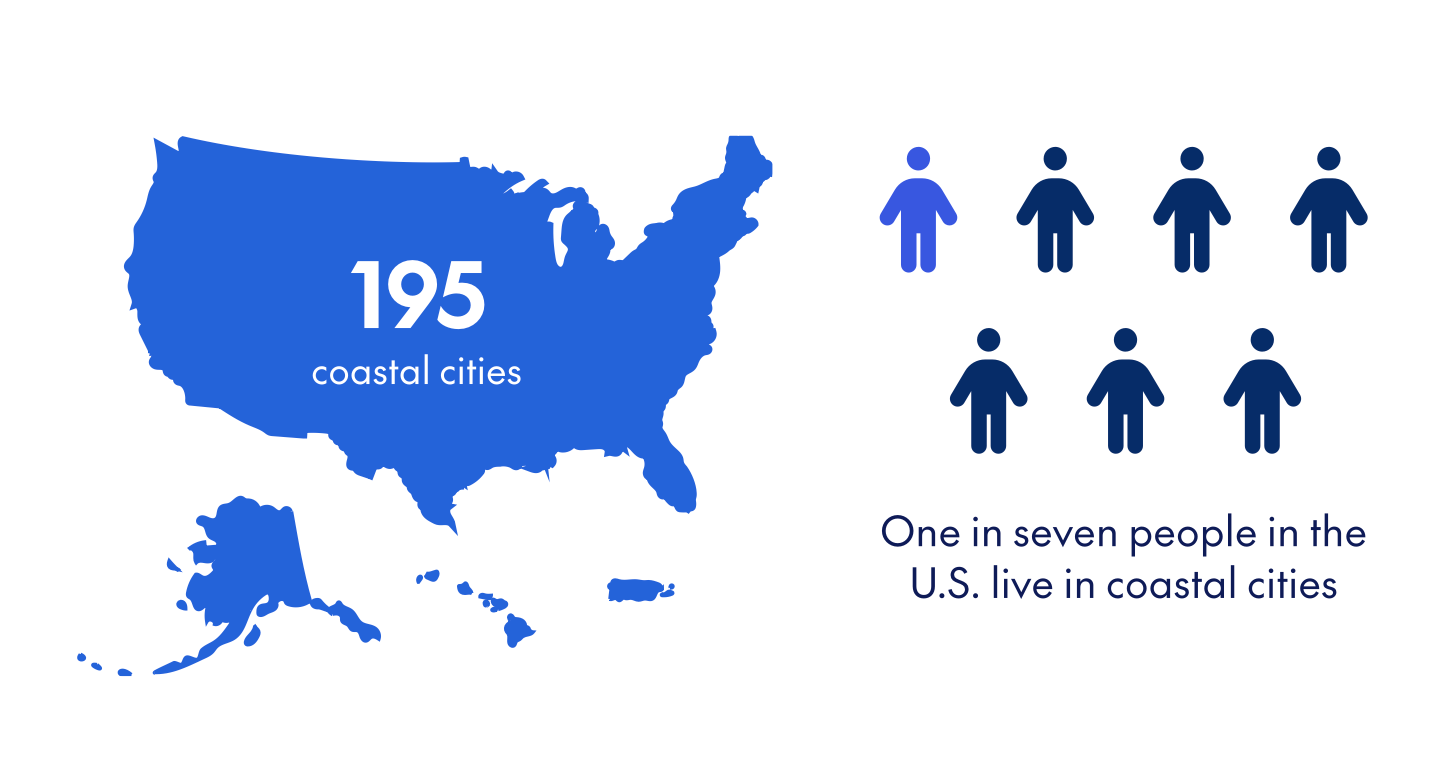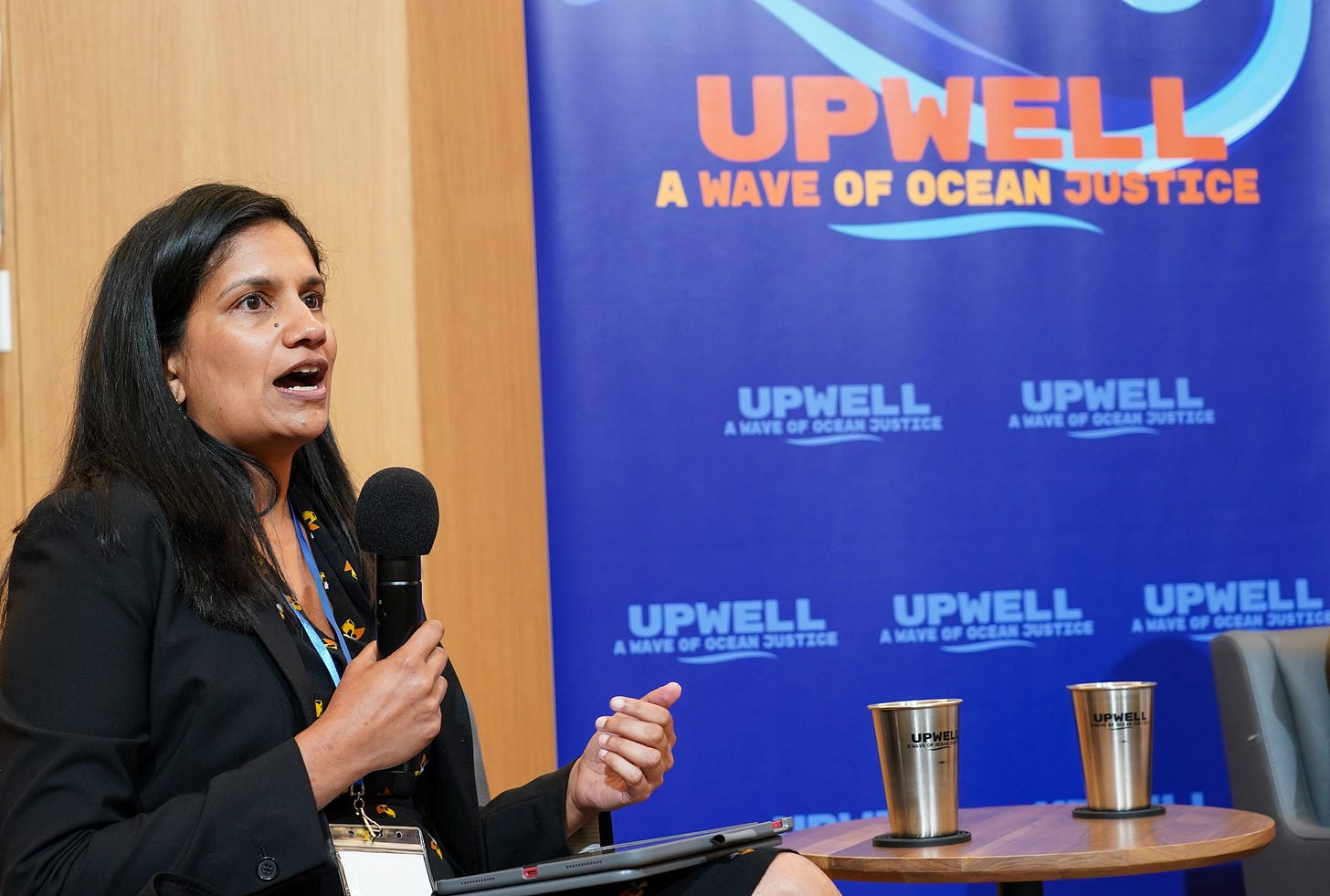This week, I’m chatting with Jainey Bavishi, an expert in climate adaptation and resilience, particularly in coastal cities. We cover everything from social aid and pleasure clubs, to civic infrastructure, recovering from climate disasters, why we should absolutely not privatize weather forecasts, and – of course! – what getting it right in coastal cities looks like, in New York City, New Orleans, and beyond.
I’m so glad to be sharing this conversation with you, because local action matters even more right now. Watching this presidential administration gut the executive branch’s scientific monitoring and disaster response capabilities, and even our weather forecasting abilities, (not to mention slashing funding for most other climate work) has me revisiting the critical importance of local governments. (See my recent Rolling Stone article.) In other words, if this administration is going to abandon its responsibility to keep Americans safe, we’re going to have to handle more things locally, as best we can.

One in seven people in the U.S. live in coastal cities — that’s more than 47 million Americans. Plus, the U.S. coastal economy supports 54.6 million jobs and contributes $10 trillion to our total GDP. And this is certainly not a so-called “coastal elite” issue — poverty and unemployment rates are higher in coastal cities than the national average. Plus, coastal areas face the threats of sea level rise and storms made stronger and more damaging by climate change. Long story short, we really need to figure out how to get it right here.
Climate adaptation for coastal cities is what we work on at
, the nonprofit policy think tank I co-founded, and where Jainey is an advisor. But Jainey and I first met back in 2011, when we both worked in Washington, DC in the policy office at the headquarters of NOAA, the National Ocean and Atmospheric Administration. She’s since gone on to work in the Obama White House, served as the director of climate resiliency for the City of New York, and headed back to DC to be the deputy administrator for the entire federal agency of NOAA under the Biden Administration. Now, she is a Senior Climate Resilience Fellow at the University of Miami.
JAINEY’s CALLS TO ACTION
Take care of yourselves and take care of your communities.
Invest in civic infrastructure, like mutual aid organizations.
Call your member of Congress no matter where you live, and ask them to protect NOAA and defend the services it provides.
Ayana’s call to action: Urban Ocean Lab, which works on all these coastal city climate issues, is hiring a managing director. Help us find the best leader for this wild time. (LinkedIn job posting here.)
REFERENCES
Urban Ocean Lab policy think tank for climate adaptation in coastal cities (and our
Substack newsletter)New York City’s East Side Coastal Resiliency Project
Rebuild By Design’s Big U Project
California’s $10M Bond Act (Proposition 4 Spending Plan)
University of Miami Climate Resilience Institute
NOAA Programs under attack:
In New York City, scientists project sea levels could rise up to six feet by 2100.
During Superstorm Sandy, although 85% of the wetlands in New York and New Jersey had already been destroyed by development, what little remained prevented $625 million of damage.
CREDITS
Produced and edited by Matthew Nelson/Stramash Media and me, with help from Jenisha Shrestha and many thanks to our guest Jainey Bavishi.













Share this post